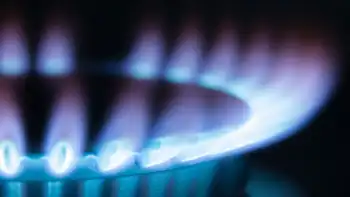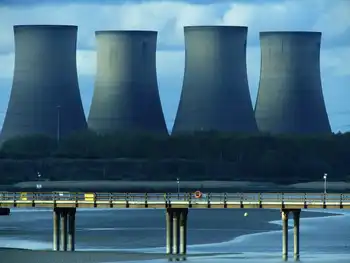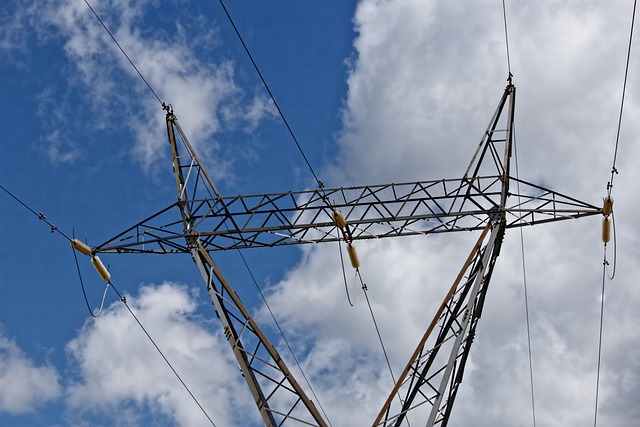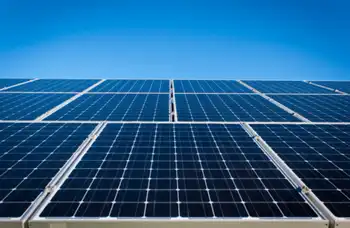OPG firing range gets shot down
By Port Hope Evening Guide
High Voltage Maintenance Training Online
Our customized live online or in‑person group training can be delivered to your staff at your location.

- Live Online
- 12 hours Instructor-led
- Group Training Available
There were 45 letters in opposition to the proposal, but Port Hope planner Anne Taylor Scott said the plan would not affect any future proposals for the site.
She explained the proposal was for an indoor gun range (the 21,000-sq.-ft. Building 3) plus an outdoor range covering an 11-acre area beside the existing power generation building and smokestack.
The nearest residents, John and Joan McGuirk, are approximately 700 to 800 metres away from the proposed ranges; this, according to reports, is well outside of the minimum distance.
Acoustical reports show the numbers fall just below acceptable as per the Ontario Ministry of Environment, although it was argued the numbers did not take into consideration weather conditions such as wind.
The proposal also calls for the facility to operate Monday to Friday between 9 a.m. and 5 p.m., with 30 security employees trained by approximately 10 certified trainers on an ongoing basis.
Don Seedman, manager of facilities and projects for OPG, told the public the ranges were designed with management of sound, berm construction and safety, the environment, plus safety in mind.
OPG has also offered to set up a community forum for continued public input.
He said the proposal includes a berm that is 10 feet higher than minimum standards, the range would have a bullet trap so no bullets would go into the earth, and the casings would be collected each day.
"Our intent is to build a safe, secure and protected range to meet CNSC (Canadian Nuclear Safety Commission) guidelines," said Mr. Seedman.
The reason OPG chose this site to train their security officers is it's the most isolated of all their sites, with the least amount of residents affected. Glenn Temple, VP of Real Estate said that there is no room at their Pickering site, or at Darlington with the proposed expansion.
Although the public meeting was scheduled to end at 7 p.m. when the Committee meeting was to begin, public comments only began at 6:55. The meeting was recessed at 8:20 as a delegation for the committee meeting was accommodated, before resuming for further public comment.
"I'm not afraid of guns, but I am afraid of a rushed process," said Mr. McGuirk.
Richard Dubeau of Wesleyville Road stated that he never received notice of the meeting, but Clerk Sue Dawe told Council he was on the list of people notices were sent to. He was hoping for a delay in the meeting until all information was digested.
Many others wanted answers to their questions before they'd allow Council to pass the proposed zoning change on November 20 as suggested. Residents had many concerns about safety, why they chose to face the outdoor gun range in a northerly direction where stray bullets could potentially do the most damage (residents and 401), noise concerns, who would use the range for training, health impacts and more.
By Guide deadline, the public meeting was still ongoing, but prior to resuming the meeting, Councillor Karen O'Hara made a motion to postpone the meeting for two to three weeks to allow staff and the OPG to answer residents' questions.
Since the War of 1812, the Lakeshore Road area in Port Hope's west end near Wesleyville has been a quiet farming community with some history behind it. Some of that history is good, but some has been creating one problem after another for residents.
Carroll Nichols, a farmer who lives on a century farm close to the Ontario Power Generation station, says that his family has farmed the land since 1891 and, although the war was before his time, Lakeshore Road is the famous route traveled by troops between Kingston and Toronto.
In 1932, Eldorado Nuclear began refining pitchblende ores to extract radium for medical applications.
"This road was the run to Port Granby," said Mr. Nichols in an interview. "There is contamination all along here, and that was one of the great early insults to this road."
Just over 30 years ago he says that Ontario Hydro purchased the properties at Wesleyville and Lakeshore Roads, began demolishing the 15 homes to make way for the power plant, and began construction of the plant and 650-foot smokestack that remains there to this day.
"This gun range is just another thing inflicted on this neighbourhood," said John McGuirk.











